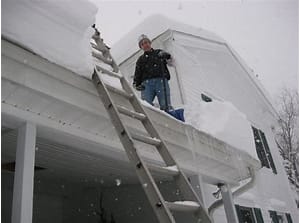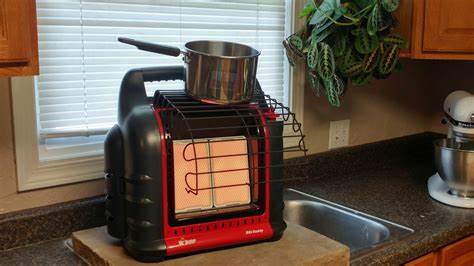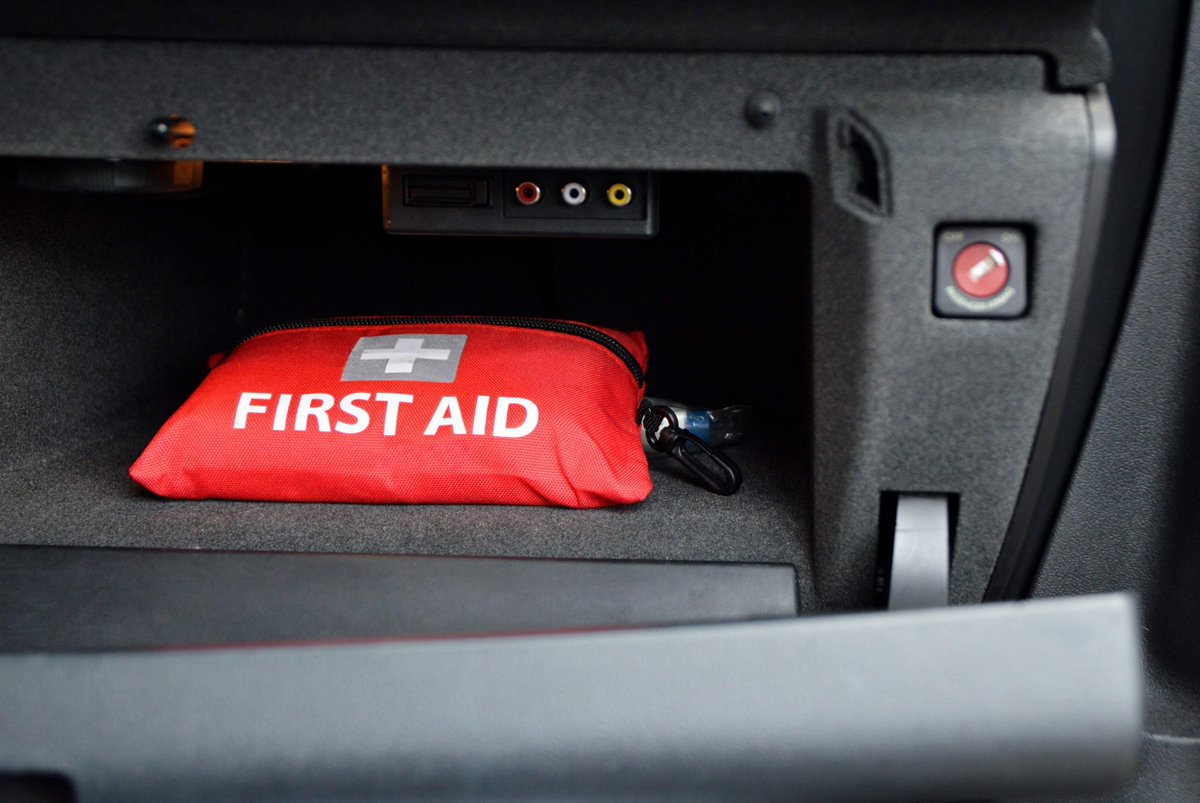A winter blizzard can bring heavy snowfall, strong winds, and dangerously cold temperatures, often leading to power outages, impassable roads, and isolation. Proper home preparation is crucial to ensure your family’s safety, comfort, and self-sufficiency when a blizzard strikes. This guide will walk you through the essential steps to ready your home for severe winter weather.
- Stock Up on Emergency Supplies
Having adequate supplies is paramount for riding out a blizzard, especially if power outages or travel restrictions occur. Think about at least 3-7 days’ worth of provisions.
- Food and Water:
- Non-perishable food: Canned goods, dried fruits, nuts, granola bars, crackers, and peanut butter. Choose items that don’t require cooking or refrigeration.
- Manual can opener: Essential for canned food.
- Bottled water: At least one gallon per person per day for drinking and basic hygiene.
- Pet food: Don’t forget your furry friends!
- Lighting and Power:
- Flashlights: Several, with extra batteries.
- Battery-powered lanterns: Safer than candles.
- NOAA weather radio: Battery-operated or hand-cranked to receive emergency broadcasts.
- Power banks/portable chargers: Fully charged for phones and other small devices.
- Extra batteries: For all battery-powered devices.
- Generator (if applicable): Ensure it’s serviced, has a full fuel tank, and is stored safely outside in a well-ventilated area away from windows.
- Heating:
- Firewood: If you have a fireplace or wood stove, ensure a good supply of seasoned wood.
- Warm blankets/sleeping bags: Non-electric options.
- Warm clothing: Layers of wool, fleece, and thermal underwear.
- First Aid and Medications:
- Comprehensive first-aid kit: Bandages, antiseptic wipes, pain relievers, gauze, medical tape.
- Prescription medications: At least a 7-day supply for all family members.
- Over-the-counter medications: For colds, flu, allergies, and stomach issues.
- Other Essentials:
- Cash: ATMs and card readers won’t work during power outages.
- Books, board games, cards: For entertainment during prolonged outages.
- Basic toiletries: Toilet paper, wet wipes, hand sanitizer.
- Secure Your Home’s Exterior
Protecting the outside of your home can prevent damage and improve safety during high winds and heavy snow.
- Clear Gutters and Downspouts: Ensure they are free of leaves and debris. Clogged gutters can lead to ice dams and water damage to your roof and foundation.
- Trim Trees and Shrubs: Remove dead or weak branches that could fall on your house or power lines under the weight of snow or ice.
- Secure Loose Items: Bring in or tie down outdoor furniture, grills, garbage cans, decorations, and anything else that could become a projectile in strong winds.
- Check Roof and Chimney: Inspect for any loose shingles or potential weak points that could be damaged by heavy snow or wind. If you have a chimney, ensure it’s clean and in good repair if you plan to use it for heating.
- Drain Outdoor Faucets: Disconnect garden hoses and drain outdoor faucets to prevent them from freezing and bursting. Turn off the water supply to outdoor spigots if possible.
- Prevent Frozen Pipes
Frozen pipes are a major concern during blizzards, leading to costly damage from bursting.
- Insulate Pipes: Wrap exposed pipes in unheated areas (like basements, crawl spaces, garages, or attics) with pipe insulation or even old newspapers and tape.
- Open Cabinet Doors: For pipes located on exterior walls (e.g., under kitchen or bathroom sinks), open cabinet doors to allow warmer air from the room to circulate around them.
- Drip Faucets: If temperatures are expected to plummet below freezing, allow a slow, steady drip from both hot and cold faucets in areas where pipes are vulnerable. Moving water is less likely to freeze.
- Know Your Main Water Shut-Off: Locate your home’s main water shut-off valve. In an emergency, if a pipe bursts, you’ll need to turn off the water quickly to minimize damage.
- Prepare for Heating and Power Outages
Maintaining warmth and light is vital if the power goes out.
- Seal Drafts: Use weatherstripping or caulk around windows and doors to prevent cold air from entering. You can also temporarily seal windows with plastic sheeting kits.
- Close Unused Rooms: Close off rooms you don’t need to heat to concentrate warmth in main living areas. Place towels or blankets at the base of doors to block drafts.
- Charge Devices: Fully charge all cell phones, laptops, and power banks before the blizzard hits.
- Fill Vehicle Fuel Tanks: A full tank can be a backup fuel source for charging devices or powering a generator (used safely outdoors only). It also prevents your fuel line from freezing.
- Carbon Monoxide Detectors: Ensure battery-operated carbon monoxide detectors are functioning correctly, especially if using alternative heating sources like fireplaces or generators. Never use a gas oven or charcoal grill for heat indoors.
- Clear Snow and Ice Tools
Have the right equipment ready for clearing snow and ice after the storm.
- Snow Shovels: Have at least one sturdy snow shovel ready.
- Ice Melt/Rock Salt: For walkways and driveways.
- Snowblower (if applicable): Ensure it’s serviced and has fresh fuel.
- Car Scraper/Brush: Keep one easily accessible for vehicles.
- Have a Communication Plan
Knowing how to communicate if traditional systems fail is crucial.
- Emergency Contact List: Keep a written list of emergency contacts (family, neighbors, doctors, utility companies) in case your phone dies or service is down.
- Neighbor Check-in: Discuss with neighbors how you’ll check on each other, especially if anyone is elderly or has special needs.
- Designate a Meeting Place: If family members are separated when the blizzard hits, have a pre-determined safe meeting place.
By taking these proactive steps to prepare your home for a winter blizzard, you can significantly reduce stress and increase your family’s safety and comfort during adverse weather conditions. It’s about readiness and common sense, ensuring you’re not caught off guard when the snow starts falling.






